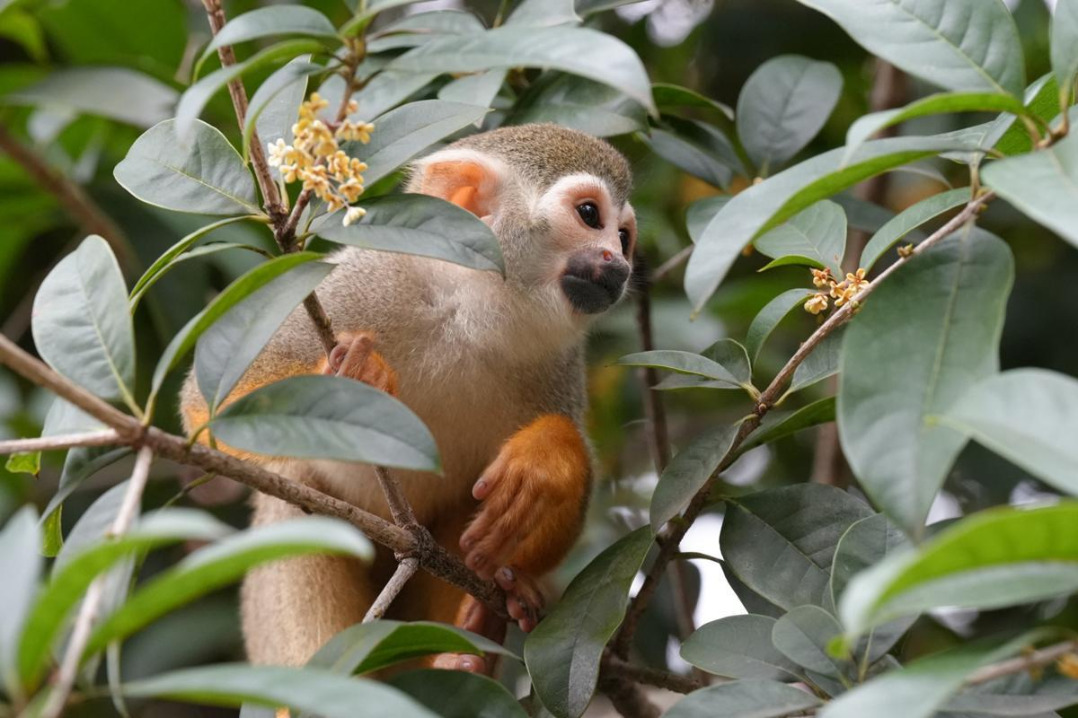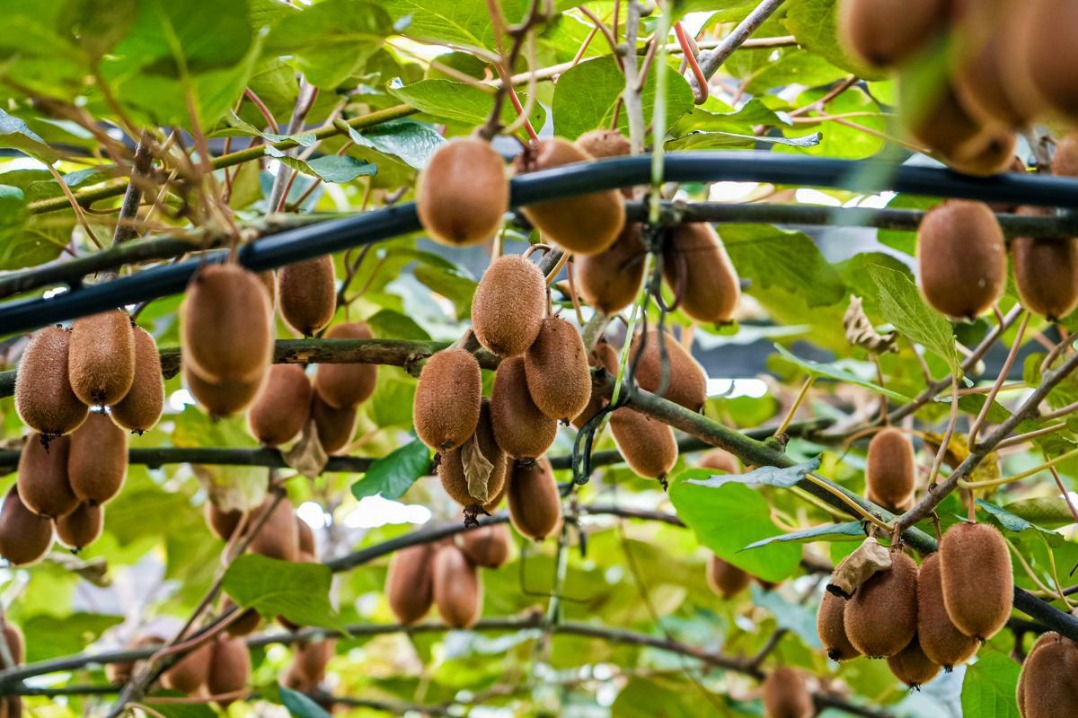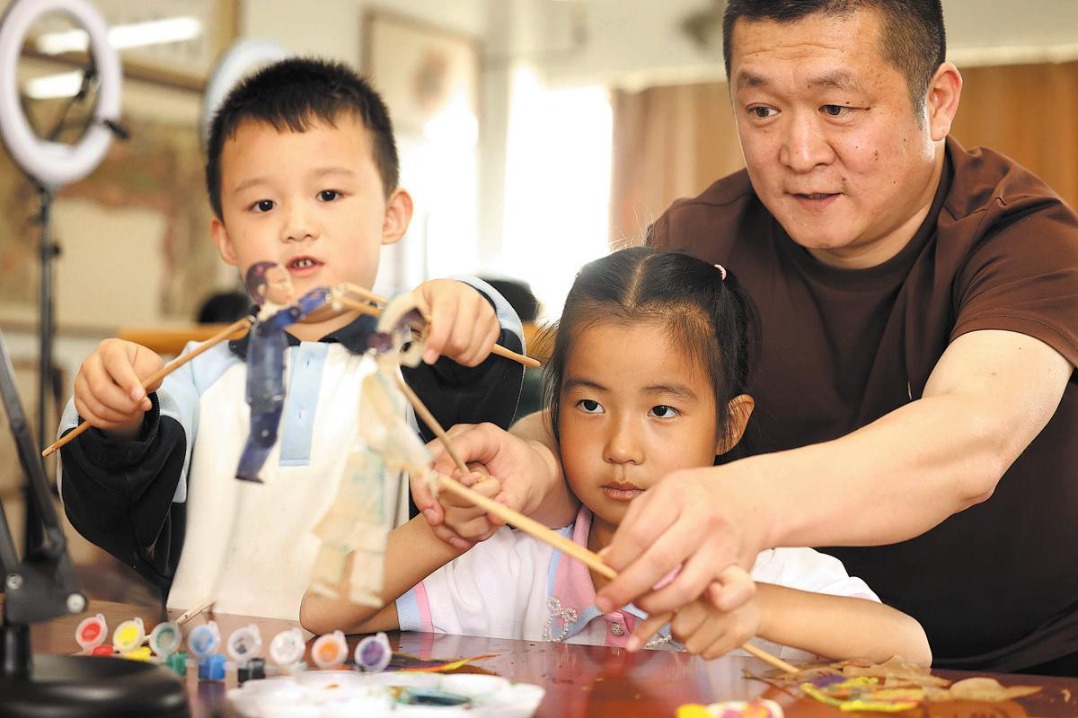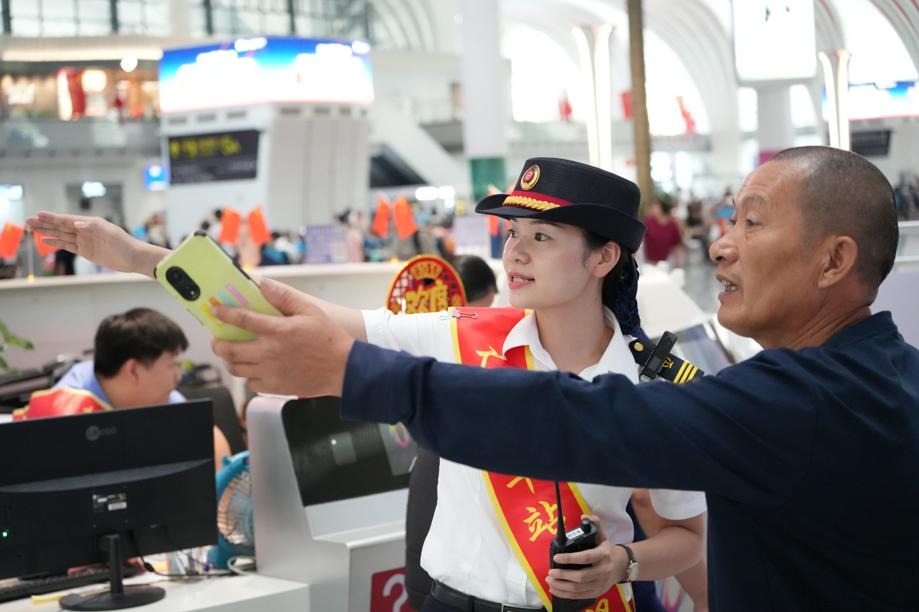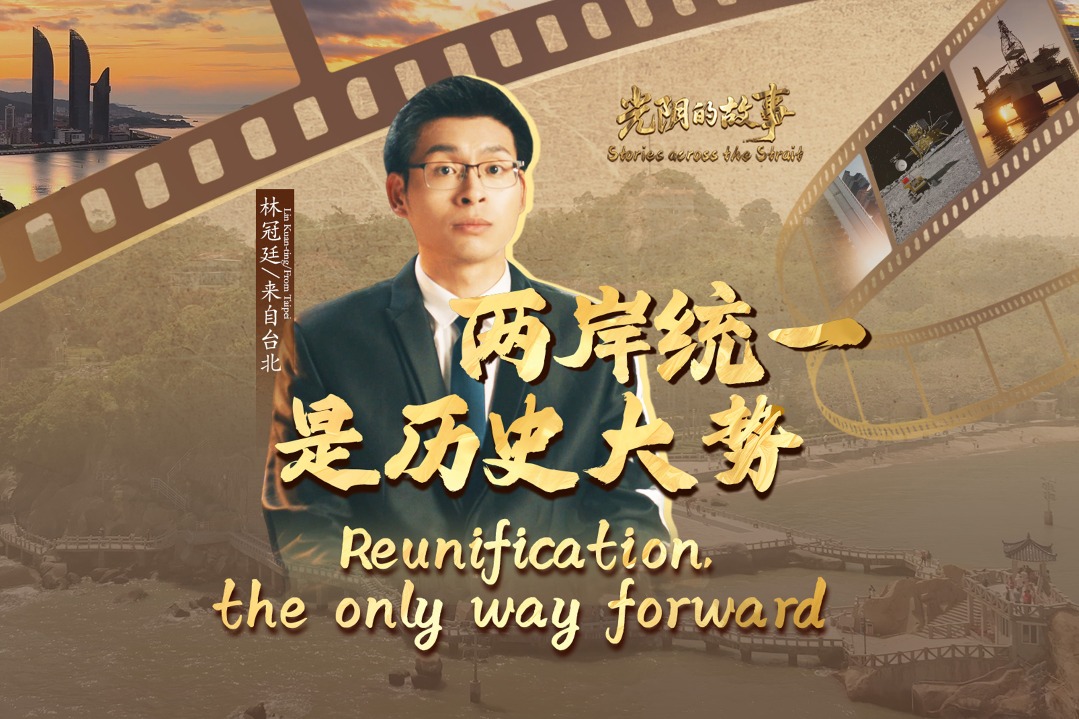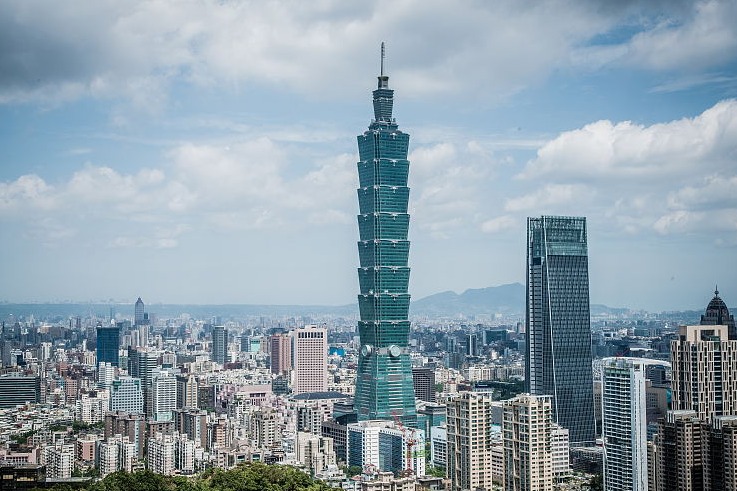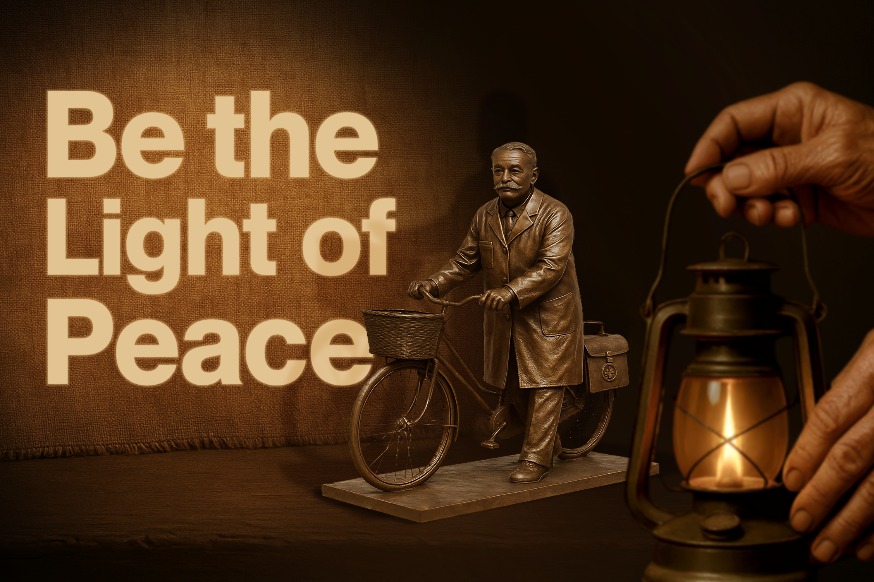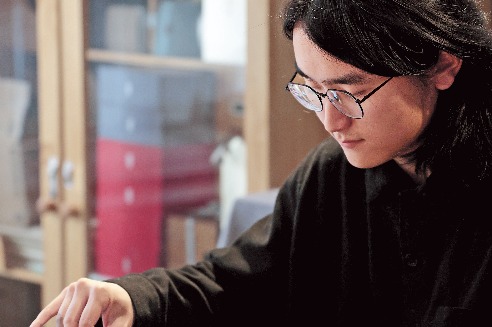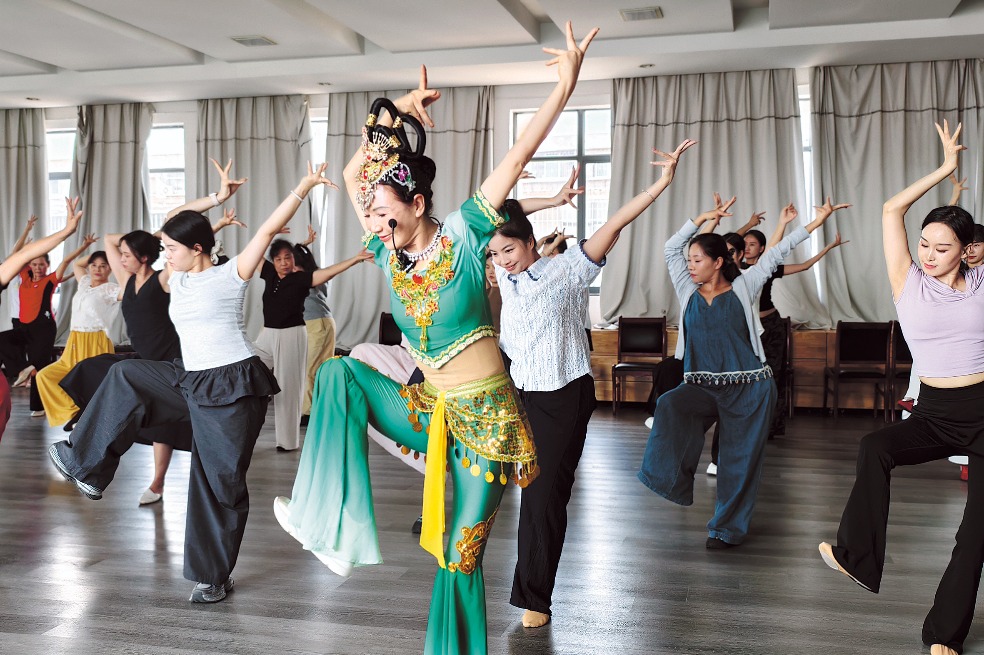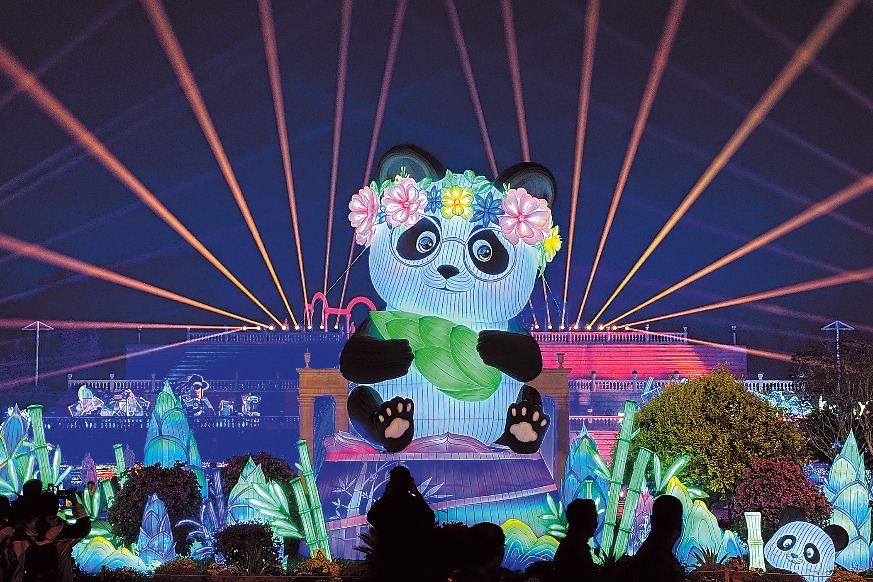Shangrao's role in wartime rescue a 'precious legacy' for humanity

NANCHANG — A special exhibition shedding light on Shangrao's extraordinary yet largely untold role in one of the most remarkable rescue operations of World War II — the Doolittle Raid rescue — is currently open to visitors at the Shangrao Museum in East China's Jiangxi province.
Professor Luo Shiping, who has long been researching Jiangxi's rescue efforts related to the Doolittle Raid, narrated the stories behind the faded photographs on display to a recent group of visitors. "The United States airmen who risked their lives bombing Japan were heroes, and so were the Chinese people who rescued them," he told the group.
This special exhibition, which is the first of its kind to be held in Jiangxi, allows visitors to gain an understanding of the city's role in the Doolittle Raid rescue.
On April 18, 1942, a group of 16 US bombers took off from the USS Hornet aircraft carrier and air-raided Japanese cities in retaliation for the attack on Pearl Harbor.
As the group of planes turned south after the raid, they ran low on fuel and crashed in various locations across eastern China. Local residents risked their lives to rescue the parachuting airmen, and helped them evacuate to safety.
The idea for the exhibition began to take shape in 2018, when Luo came across a timeworn business card that had been preserved for 76 years.
At a commemorative event that year, Thomas Macia, who is the son of the Doolittle Raid's Crew No 14 navigator James H. Macia, showed Luo a yellowed card he had been left by his father. It bore the words "Wangjia Lane, Shangrao". The card captured Luo's attention instantly.
"This card belonged to Chen Baocong (a local resident)," Luo said. "Preserved for over half a century, it had traveled all the way from Arlington, Virginia, back to Shangrao. I knew this card might be the key to unlocking a forgotten chapter of history."
Over the past six years, Luo has exchanged over 560 emails with descendants of the Doolittle Raiders. Through this transpacific dialogue, he gradually pieced together the full story of the rescue that took place in Shangrao.
Luo helped Macia track down Chen Kangqian, the daughter of Chen Baocong. "I'm proud of my father and I'm also happy about the friendship between the Chinese and American people," she said.
This March, Macia received another email from Shangrao — this time containing a long-awaited surprise. Researchers had pinpointed the exact location where his father's plane had gone down in wartime China.
"Many of the landing sites were in Japanese-occupied regions. Some crew members from other aircraft were seriously injured or captured. All five members of Crew No 14 were fortunate to land near Shangrao, where they encountered kindhearted people," Macia said.
He can still clearly remember a moment from his high school years in 1960, when his father had pointed to a remote corner of a world map and told him that the Chinese people there had saved his life.
Among his father's cherished photographs, Macia found another intriguing image: a young girl with short hair standing behind a US man in a flight jacket, her eyes wide and her mouth open in surprise.
The man was Jack A. Sims, co-pilot of the Doolittle Raid's Crew No 14. The shy girl in the photo was Guan Dongxiang, the youngest daughter of local resident Guan Wenqing.
"I was only 9 when I first saw the American airman," Guan, now 92, said. Her father and other locals had discovered Sims wrapped in his parachute on a hillside and brought him safely back to their home.
"My father gave the airman two baked sweet potatoes, and we made tea for him," Guan continued. "After eating, he took out what looked like bean-shaped candies and shared them with us." She still remembers the taste of the US sweets.
Today, the Doolittle Raiders and their descendants have formed organizations that hold annual commemorations to honor and thank the Chinese people who took part in the rescue.
"The Doolittle Raid involved 16 aircraft. Fifteen went down over Chinese provinces, mostly in Zhejiang (province) and Jiangxi. Sixty-four airmen were saved by Chinese soldiers and civilians, and 18 of them received help right here in Shangrao," Luo elaborated to the group of visitors. "The people of Shangrao spared no effort and made enormous sacrifices to ensure these men reached safe areas."
The rescue came at a tragic cost. In retaliation for the raid, Japanese forces launched a brutal campaign against Zhejiang and Jiangxi, deploying biological weapons on a large scale. Approximately 250,000 Chinese civilians lost their lives as a result.
Earlier this year, in another tribute to this shared history, a China-US people-to-people exchange event was held on April 17 and 18 in Zhejiang's Quzhou to mark the 83rd anniversary of the Doolittle Raid. Representatives of Children of the Doolittle Raiders, the Sino-American Aviation Heritage Foundation and the USS Hornet Museum joined Chinese experts.
The event also saw the Sino-American Aviation Heritage Foundation launch a partnership with Zhejiang Quzhou High School under the Flying Tigers Friendship School program, deepening understanding and friendship among the youth of the two countries. The Flying Tigers — or the American Volunteer Group of the Chinese Air Force — were led by US General Claire Lee Chennault and assisted China in resisting Japanese aggression during WWII.
As this year marks the 80th anniversary of victory in the Chinese People's War of Resistance Against Japanese Aggression (1931-45) and the World Anti-Fascist War, the timing of the Shangrao exhibition carries special significance.
Thanks to Luo's efforts, more and more people are gradually learning about this once-buried history. The exhibition is now set to become a permanent feature at the Shangrao Museum.
"The bond between the Chinese and American people, forged through the Doolittle Raid, transcends borders and time — even life and death," Luo said. "It represents the very best of humanity: ordinary people willing to risk everything for strangers, simply because it is the right thing to do. That is our most precious legacy."
Xinhua
- China releases guidelines to direct the implementation of AI in government work
- Mainland slams Taiwan leader's separatist rhetoric
- First testing kit for Chikungunya fever granted market approval
- 1 killed, 3 injured in explosion in Nanjing
- A Linyi adventure: Where business meets fun
- Former CSRC senior official suspected of serious misconduct

















